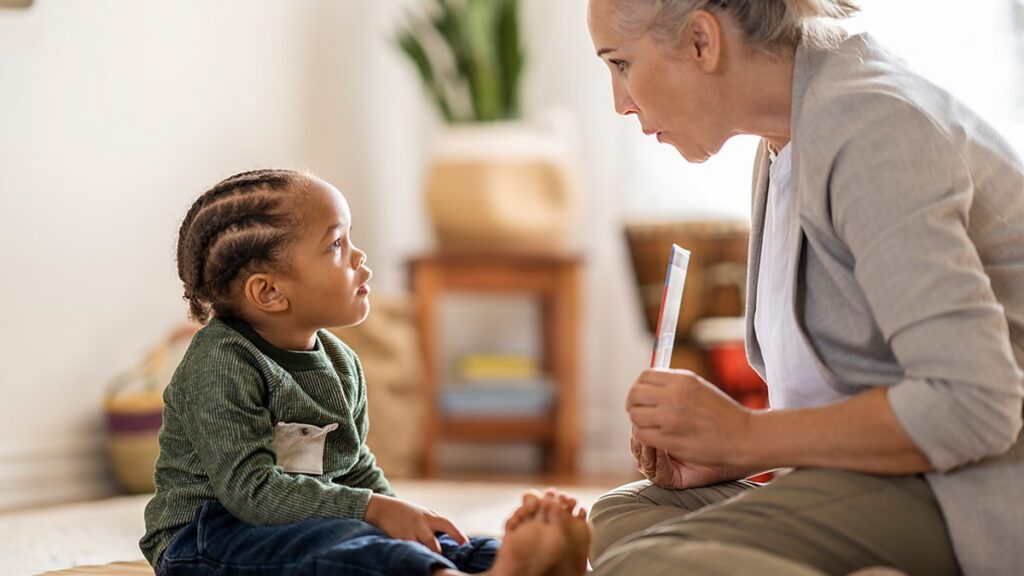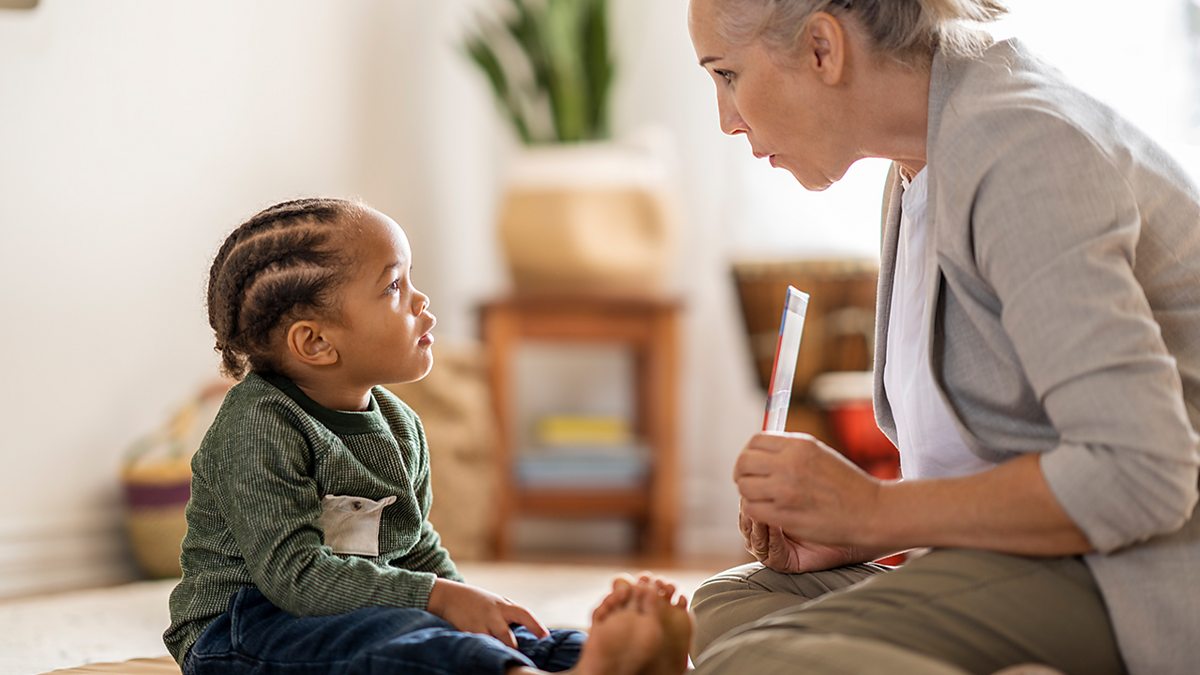
Effective Communication with Children: Building Stronger Bonds
Effective communication with children is the cornerstone of healthy development and strong relationships. In a world filled with distractions and fast-paced living, taking the time to truly connect with our children through open and honest dialogue is more crucial than ever. This article explores the essential elements of successful communication with children, offering practical strategies and insights for parents, educators, and caregivers alike.
Understanding the Importance of Communication
Why is communication with children so vital? It’s simple: it shapes their understanding of the world, influences their emotional well-being, and fosters their ability to form meaningful connections with others. When children feel heard and understood, they are more likely to develop self-confidence, resilience, and a strong sense of self-worth.
- Builds Trust: Open communication with children creates a foundation of trust, allowing them to feel safe sharing their thoughts and feelings without fear of judgment.
- Enhances Emotional Intelligence: By engaging in meaningful conversations, children learn to identify and express their emotions in healthy ways.
- Promotes Problem-Solving Skills: Communication with children provides opportunities to collaboratively address challenges and develop effective problem-solving strategies.
- Strengthens Relationships: Quality time spent talking and listening to children deepens the bond between parent and child, fostering a sense of connection and belonging.
Key Strategies for Effective Communication
So, how can we improve our communication with children? Here are some key strategies to consider:
Active Listening
Active listening is more than just hearing the words a child speaks; it involves paying attention to their body language, tone of voice, and underlying emotions. It means putting aside distractions, making eye contact, and showing genuine interest in what they have to say. Reflecting back what you hear in your own words ensures understanding. For example, if a child says, “I don’t want to go to school today,” you might respond, “It sounds like you’re feeling a little anxious about school today. Is that right?”
Empathy and Validation
Empathy involves understanding and sharing the feelings of another person. When communication with children involves empathy, we acknowledge their emotions without dismissing or minimizing them. Validation means accepting their feelings as valid, even if we don’t necessarily agree with their perspective. For instance, if a child is upset about losing a game, you might say, “I understand that you’re disappointed. It’s frustrating to lose, especially when you’ve worked hard.”
Clear and Simple Language
When communication with children, it’s essential to use language that they can understand. Avoid using complex vocabulary or abstract concepts that might confuse them. Speak clearly and concisely, and break down information into smaller, more manageable chunks. For younger children, visual aids and demonstrations can be particularly helpful.
Nonverbal Communication
Nonverbal cues, such as facial expressions, body language, and tone of voice, play a significant role in communication with children. Be mindful of your own nonverbal signals, as they can often speak louder than words. Maintain a relaxed and open posture, make eye contact, and use a warm and friendly tone of voice. [See also: The Importance of Nonverbal Communication in Parenting]
Creating a Safe and Supportive Environment
Children are more likely to open up and share their thoughts and feelings when they feel safe and supported. Create a home environment where communication with children is encouraged and valued. Avoid interrupting or criticizing them, and create opportunities for regular conversations. Family dinners, bedtime stories, and car rides can be excellent times to connect and communicate.
Asking Open-Ended Questions
Open-ended questions encourage children to elaborate and share their thoughts and feelings in more detail. Instead of asking questions that can be answered with a simple “yes” or “no,” ask questions that prompt them to think critically and express themselves creatively. For example, instead of asking “Did you have a good day at school?”, try asking “What was the most interesting thing you learned at school today?”
Being Present and Available
In today’s busy world, it can be challenging to find the time to truly connect with our children. However, it’s essential to make a conscious effort to be present and available when they need us. Put away your phone, turn off the television, and give them your undivided attention. Even a few minutes of focused communication with children can make a big difference.
Addressing Common Communication Challenges
Even with the best intentions, communication with children can sometimes be challenging. Here are some common challenges and how to address them:
Defiance and Resistance
When children are defiant or resistant to communication with children, it’s important to remain calm and patient. Try to understand the underlying reasons for their behavior. Are they feeling overwhelmed, frustrated, or misunderstood? Offer them choices and involve them in decision-making whenever possible. Set clear expectations and consequences, and follow through consistently. [See also: Positive Discipline Techniques for Children]
Emotional Outbursts
Children sometimes express their emotions through tantrums or emotional outbursts. In these situations, it’s important to remain calm and provide a safe space for them to express their feelings. Avoid trying to reason with them while they are in the midst of an outburst. Instead, offer comfort and support, and help them to calm down. Once they are feeling more regulated, you can then engage in a constructive conversation.
Difficulty Expressing Feelings
Some children struggle to express their feelings verbally. In these cases, it can be helpful to use alternative methods of communication with children, such as drawing, writing, or playing. You can also model healthy emotional expression by sharing your own feelings in a respectful and appropriate manner. Reading books and watching movies that explore different emotions can also be beneficial.
Technology and Distractions
Technology can be both a blessing and a curse when it comes to communication with children. While it can provide opportunities for connection and learning, it can also be a major source of distraction. Set clear boundaries around technology use and create tech-free zones in your home. Encourage face-to-face interactions and prioritize quality time spent together.
The Long-Term Benefits of Effective Communication
Investing in effective communication with children yields significant long-term benefits. Children who feel heard and understood are more likely to develop strong self-esteem, healthy relationships, and a positive outlook on life. They are also better equipped to handle challenges, cope with stress, and achieve their full potential. By prioritizing communication with children, we are not only building stronger bonds with our children but also investing in their future success and well-being. This consistent communication with children is an investment that pays dividends for years to come.
Conclusion
Communication with children is an ongoing process that requires patience, empathy, and a willingness to learn and grow. By implementing the strategies outlined in this article, parents, educators, and caregivers can create stronger, more meaningful connections with children and help them to thrive. Remember that every child is unique, and what works for one child may not work for another. Experiment with different approaches and find what resonates best with your child. Ultimately, the most important thing is to show them that you care, that you are listening, and that you are there for them, always.

